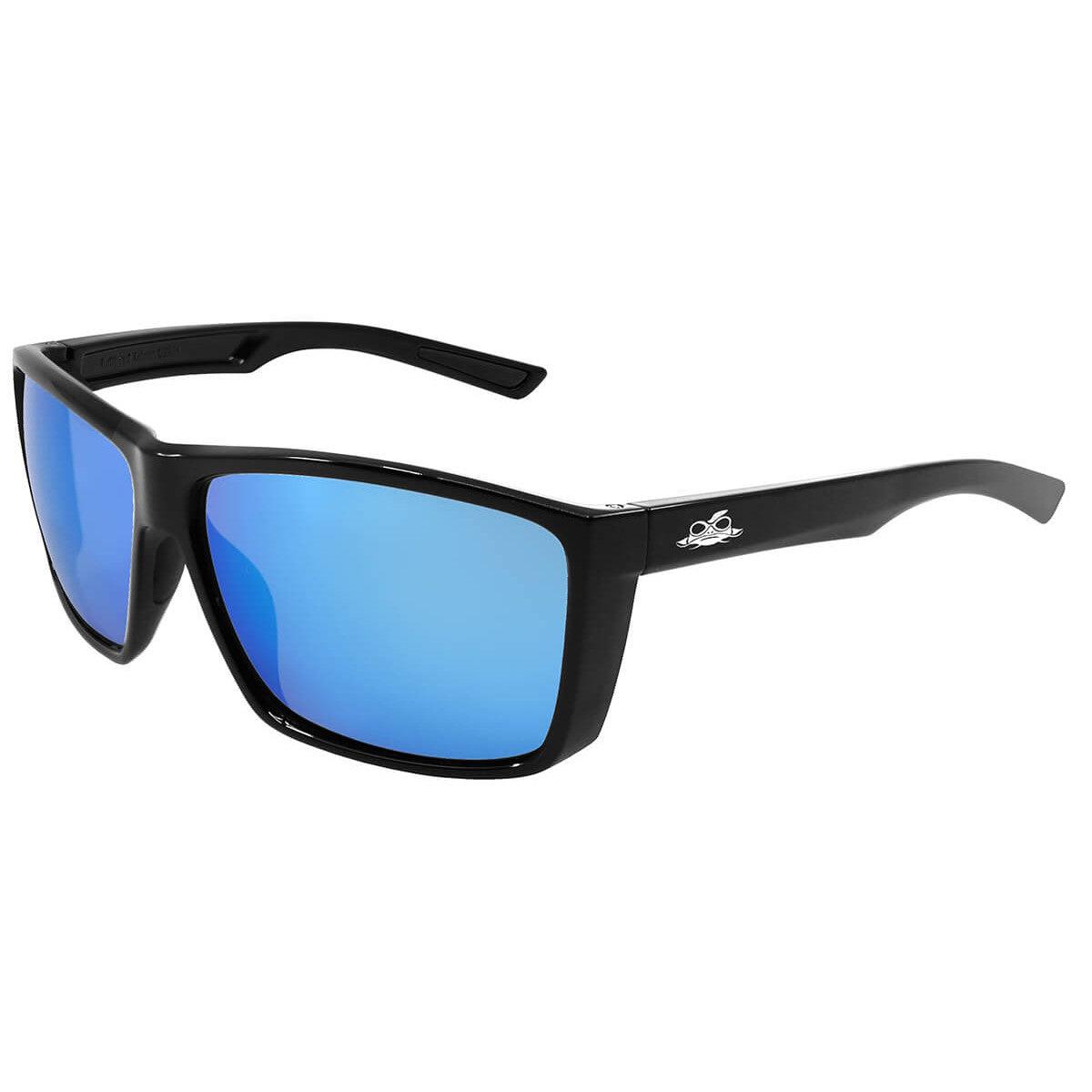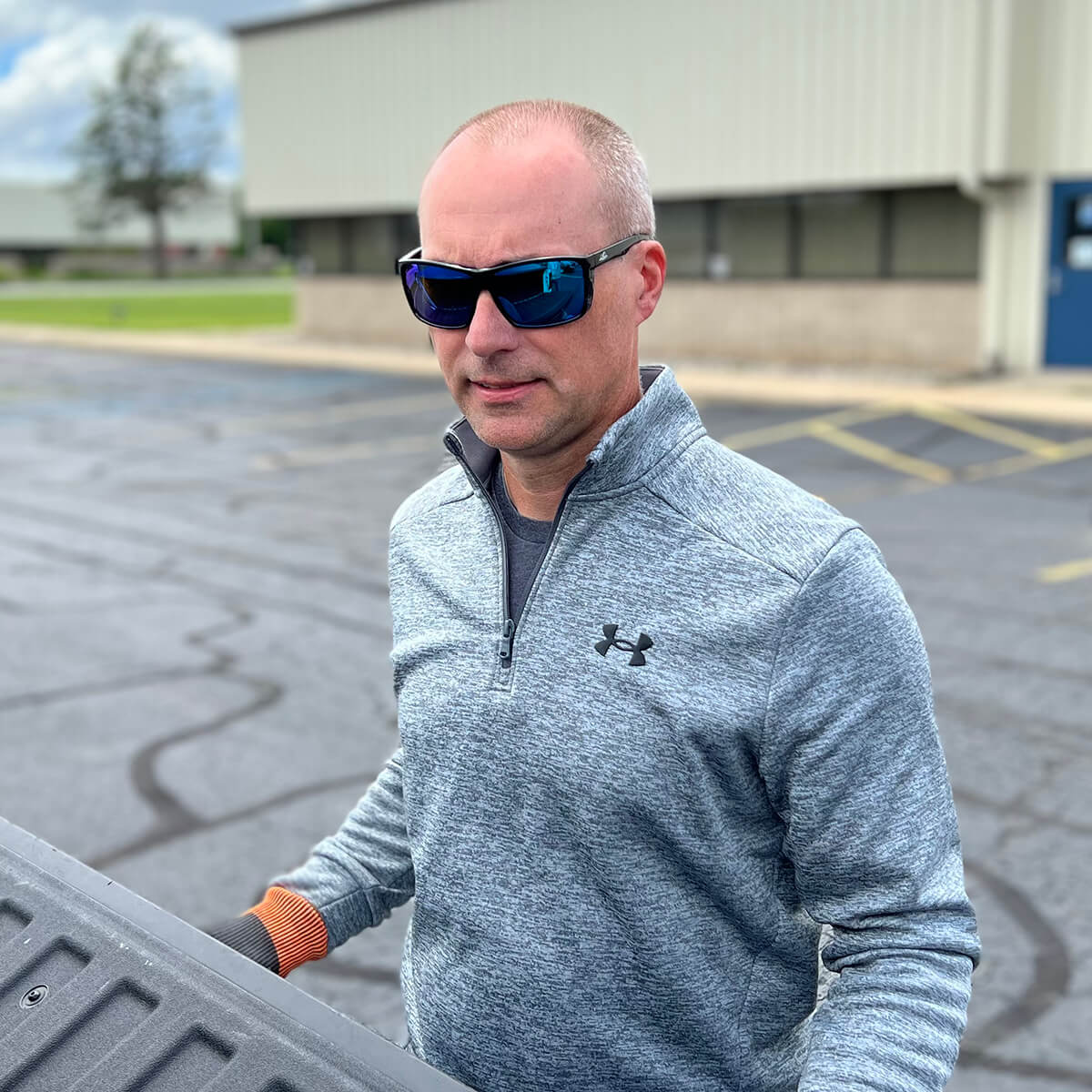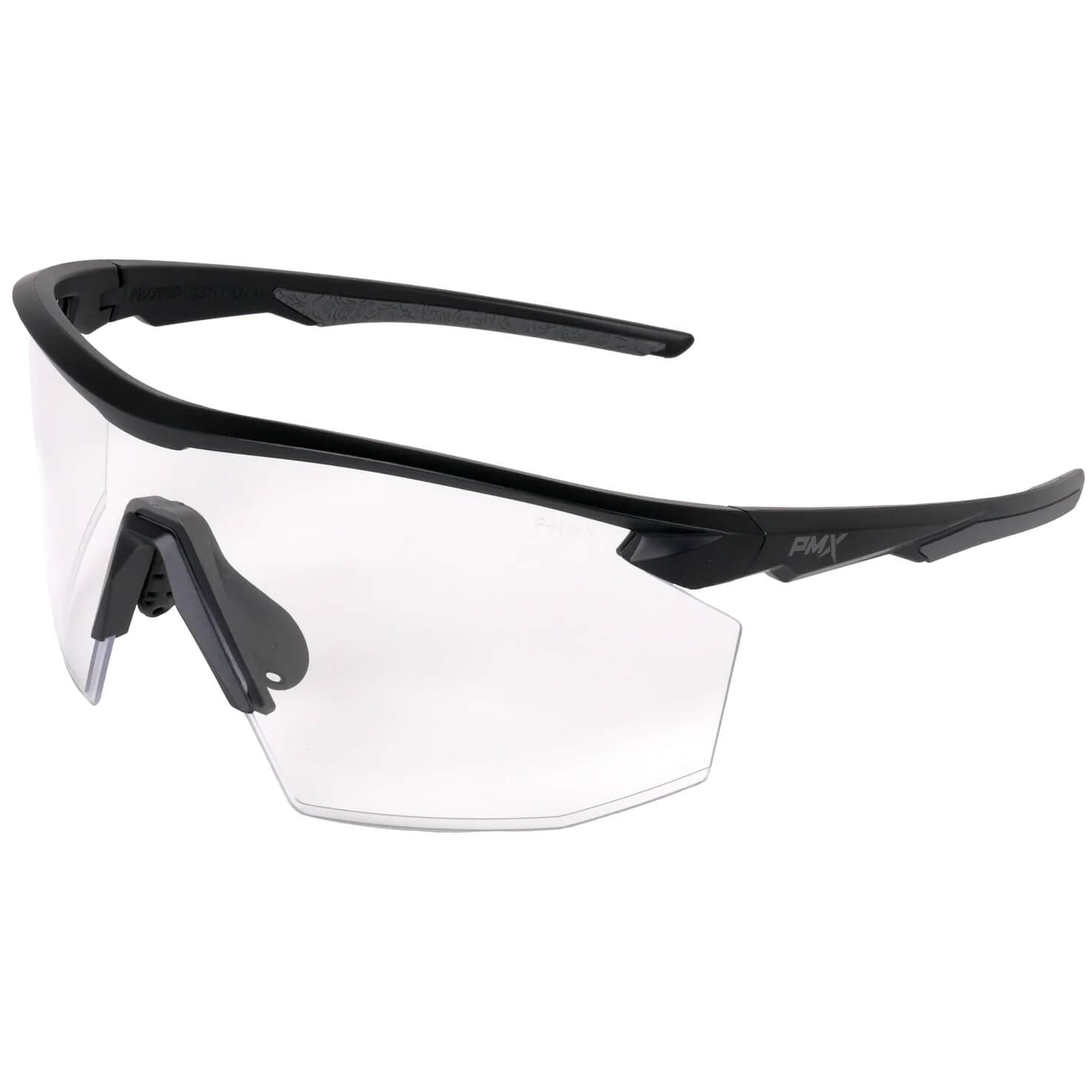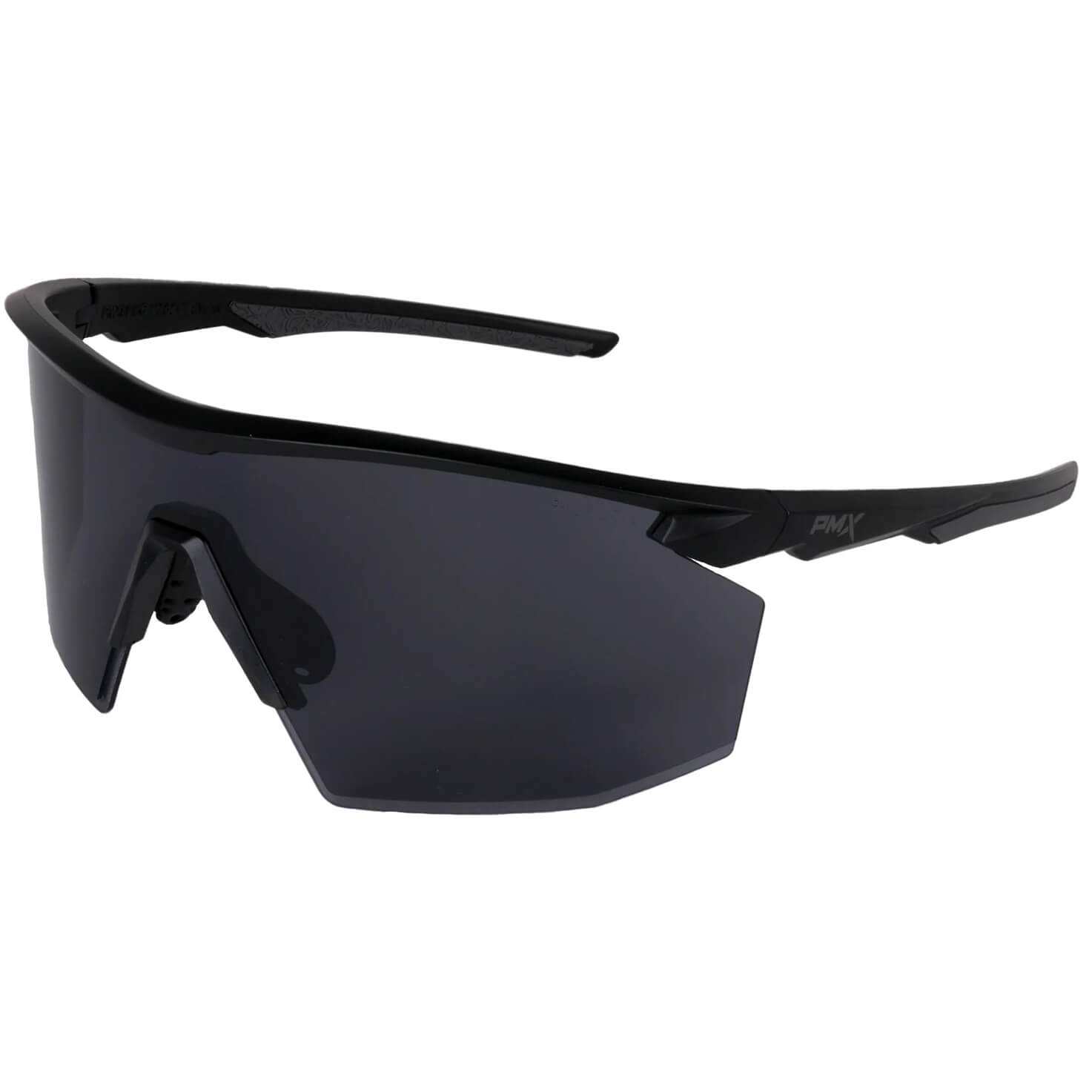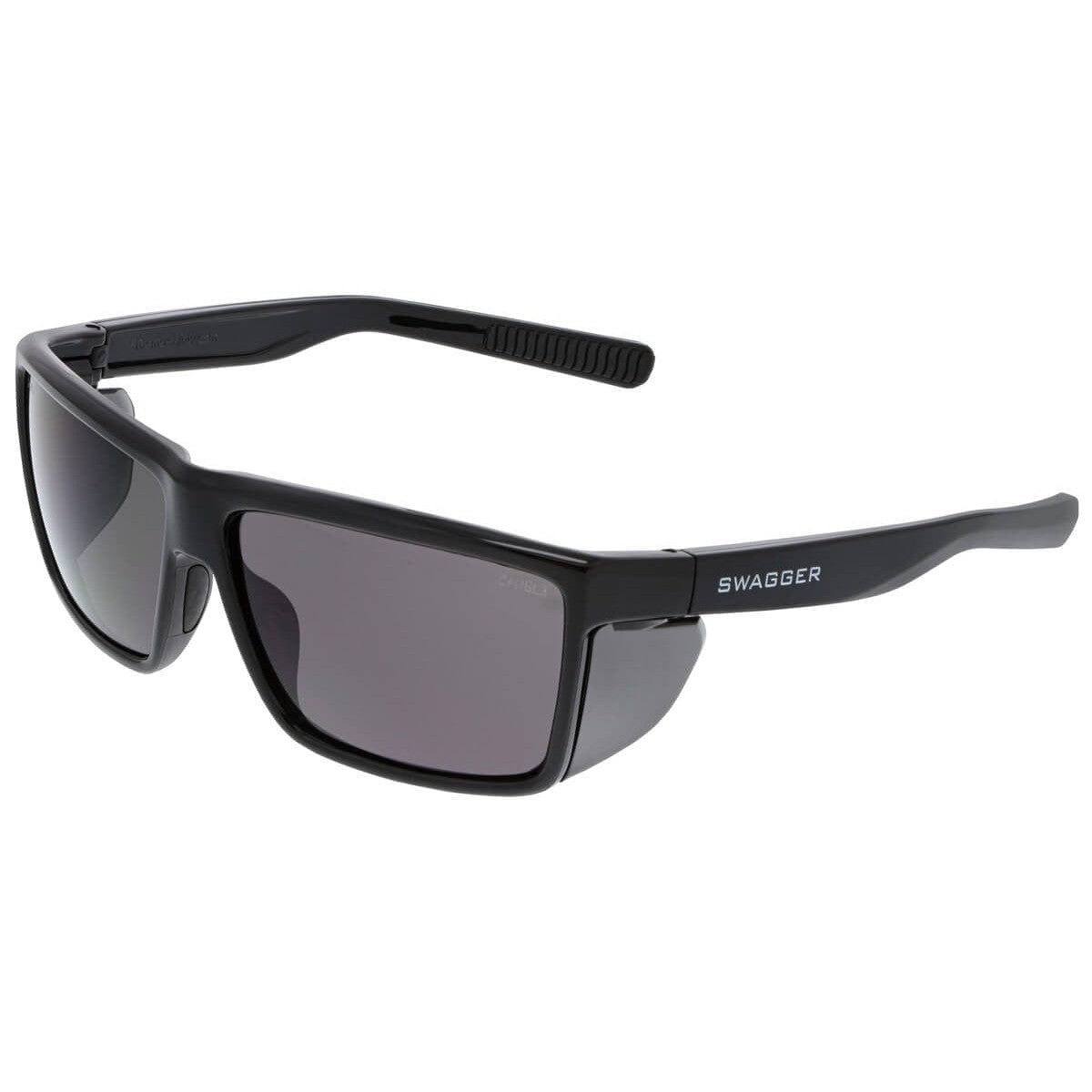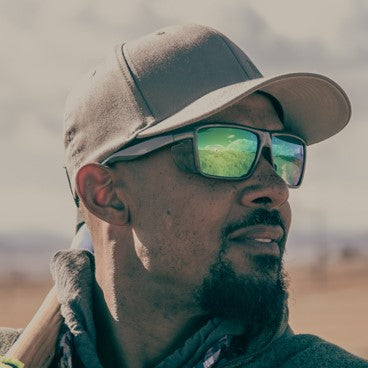Most of us probably remember being told as kids never to look at an eclipse because it could make us go blind. Yet, do you know someone who has gone blind from looking at an eclipse? So, is that myth really true? Plus, don't you kind of what to look at an eclipse simply because it's' so unusual and you're told not to look?
Is this the extent of your knowledge regarding an eclipse? Not really not sure what to believe. Do you feel confidently ready to view the Great American Total Solar Eclipse?
Solar eclipses, when the moon blocks out any part of the sun, actually occur 2 to 4 times per year. However, they only happen once every hundred years or so for any particular location. On Monday, August 21, 2017, a solar eclipse will be visible (weather permitting) across all of North America. What makes it even more unique is that the total eclipse will be visible only in the United States.
A lot of misconceptions surround viewing an eclipse. But, with one coming next month, we have a terrific opportunity to clear up some confusion. Most importantly, we can learn the safest ways to view a solar eclipse.
Aversion Reflex
Looking directly at the sun is never safe. Fortunately, our aversion reflex prevents us from looking directly at it most of the time.
During a solar eclipse, however, watching the sun is not as uncomfortable. Add in our willpower to see something unusual and amazing like an eclipse, and the potential significantly increases for overriding the aversion reflex.
“Not many people will look at the sun long enough to be blinded by the light, but the risk is certainly exacerbated during a solar eclipse.” (A Solar Eclipse Can Blind You)
Solar Retinopathy
Intense solar radiation can damage and even destroy retinal cells, a condition known as solar retinopathy. How long you look and the sun's position in the sky determine the level of damage.
Symptoms of solar retinopathy usually affect both eyes and include blurred vision, headache, sensitivity to light, and distorted vision. And it doesn't take long for the damage to happen either.
“Even a short duration of exposure can produce significant retinal damage… as little as one minute of fixation on the sun causing solar retinopathy.” (Solar Retinopathy)
Solar retinopathy can occur without a person knowing it's' happening. There's not usually any pain, and the visual effects aren't' noticeable until hours after the damage is already done.
While it doesn't often cause complete blindness, solar retinopathy can cause a person to become legally blind. This blindness is permanent about half the time, with the other half of individuals recovering some or all of their vision within six months or so.
Safe Viewing of a Solar Eclipse
Turns out that what we were told as children — that looking directly at an eclipse can blind you — is pretty much true. Fortunately, we now have options for safe viewing beyond the pinhole projector we lined up as a class to take turns using as children.
Before getting into those options, it's essential to understand that sunglasses are never safe for viewing a solar eclipse. They do not provide sufficient protection for directly viewing the sun at any time without damaging the eyes.
Let's explore several options for viewing an eclipse safely.
Pinhole Projection
Even though there are now other options available, this one is still the most accessible. The simplest and quickest pinhole projector is made from only two pieces of card or paper. There are also quite a few additional DIY projectors you can create and other related projection methods available. But, a simple internet search will give plenty of inexpensive options.
Eclipse Glasses or Welder's' Goggles Rated IR14 or Higher
Just because a lens looks dark doesn't mean it's safe for viewing an eclipse. In fact, most welding goggles are not safe for eclipse viewing.
The first step when choosing Solar Eclipse Glasses or welder's goggles for viewing a solar eclipse is to ensure they are ISO certified. This guarantees they meet appropriate safety requirements.
Next, check that lenses are IR14 or higher. You won't find this rating on most commonly-used welding eyewear, so make sure they're labeled as such before using it to view an eclipse.
Several different retailers sell eclipse glasses and handheld filters approved by the ISO. These include Safety Glasses USA, American Paper Optics, and Rainbow Symphony.
Remember, Solar Eclipse Glasses have exceptionally dark lenses intended solely for solar eclipse observation. They are far too dark for use as sunglasses. And, they are not designed to protect you from impact hazards.
Specially Designed Solar Telescopes or Binoculars
Solar telescopes, binoculars, and those with added solar filters (discussed below) provide a magnified view of the eclipse and will help you see its progress.
You can purchase telescopes or binoculars specially designed for solar viewing. Unfortunately, they aren't cheap, so this option is likely for those who already have one and know how to use it. Yet, if you're an enthusiast who has always wanted such equipment, check out Celestron. They also offer solar filters.
Telescopes, Cameras, or Binoculars with Approved Solar Filters
Never use a telescope, camera, or binoculars to view an eclipse if it does not have a special-purpose solar filter over the front of the optics. Also, don't use a filter for the first time when viewing the eclipse. You certainly don't want your inexperience to lead to eye damage.
Also, make sure you purchase the filter from someone who knows how to use it and will sell you a quality product.
“Steer clear of any telescope you might find in a department store, drug store, or toy store, especially one that promises high-power (high-magnification) views. Such telescopes often have poor-quality optics and shaky mounts.” (Telescopes and Binoculars)
During Totality
There is a time during an eclipse when direct viewing — no-equipment viewing with the naked eye — is safe and encouraged. That period is called totality.
“During totality, the area inside the moon's shadow is cloaked in twilight — a very strange feeling to experience in the middle of the day.” (Total Solar Eclipse 2017)
When the moon completely blocks the sun's rays, take this excellent opportunity to safely view the solar eclipse without special equipment. At this point, the sun's corona will be visible.
“Our sun is surrounded by a jacket of gases called an atmosphere. The corona is the outermost part of the sun's atmosphere. The corona is usually hidden by the bright light of the sun's surface. That makes it difficult to see without using special instruments.” (NASA Space Place)
When the eclipse reaches this point, remove your solar eclipse glasses and set aside any special equipment. In fact, if you don't do this, it will be too dark to see anything at all. And be sure to return to your glasses and equipment as totality ends so you don't damage your eyes.
Also, remember that not everyone will be in a location to see totality. Check out the map below to know what you'll be able to see from where you are on the afternoon of August 21, 2017.
The Great American Total Solar Eclipse
The eclipse taking place on August 21, 2017, is called "The Great American Total Solar Eclipse" for a good reason.
“This is a rare event; it’s the first time the path of totality will eclipse only over the contiguous United States.” (The Washington Post)
Usually, the paths of most eclipses take place over oceans, remote islands, and far away continents. However, this time, only those in parts of the United States in the path of totality can view a total solar eclipse.
Want even more information on the solar eclipse?
Not an event to miss! Take time to educate yourself on all things eclipse before August 21, 2017. This will ensure you enjoy it and remember it for years to come.
Here are a few terrific sites providing a plethora of information on the Great American Total Solar Eclipse.








